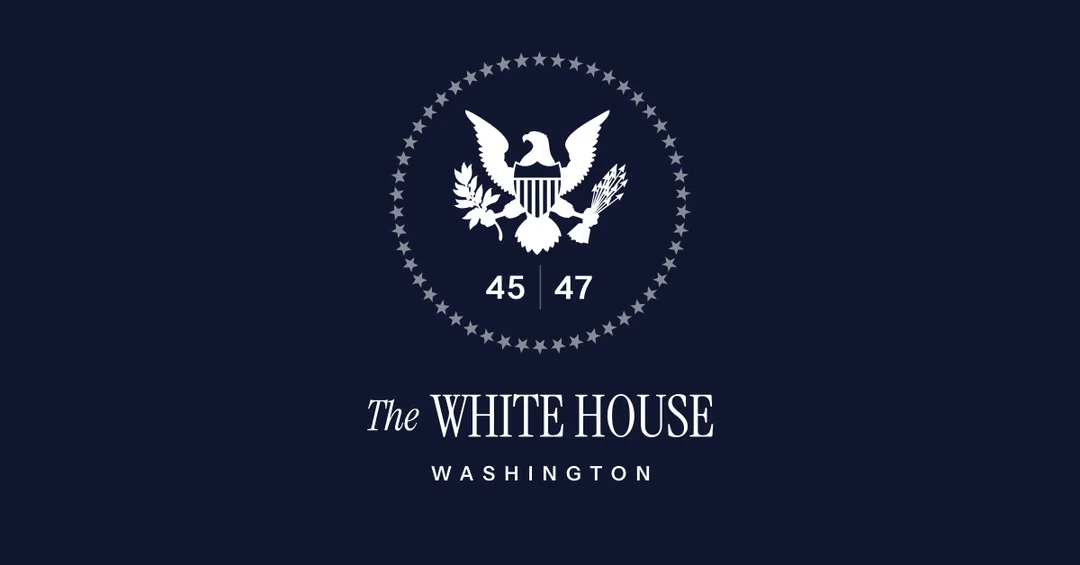
Donald Trump Declares War On Low-Flow Showers In Bold Regulatory Reversal
In a move stirring both applause and controversy, former President Donald Trump has signed an executive order aimed at dismantling water flow restrictions on American showerheads, promising to “make America’s showers great again.” This latest salvo reignites a long-standing battle over environmental regulations and personal convenience, touching the everyday experiences of millions of Americans.
Decades-old federal laws limit showerheads to a maximum of 2.5 gallons per minute (gpm) to conserve water and energy. During the Obama administration, these rules tightened further to ensure multi-nozzle models collectively adhered to that limit, seeking to curb waste and protect resources. The Trump administration previously attempted to roll back these constraints in 2020, but President Biden swiftly reversed that effort upon taking office. Now, Trump is pushing back once again, ordering the Energy Secretary to rescind Obama-era definitions, arguing they serve a "radical green agenda" at the expense of consumer freedom.

At the core of Trump’s crusade is a distinctly personal grievance. "It’s ridiculous," Trump remarked in the Oval Office, humorously lamenting that he must stand under a trickle "for 15 minutes" just to wet his "beautiful hair." His colorful complaints echo similar ones he voiced in 2020 when he denounced "drip, drip, drip" showers and called for a return to robust water flow. For Trump supporters and some consumers frustrated with weaker showers, these comments resonate and symbolize regulatory overreach intruding on daily life.
According to a recent White House statement, the executive order will "free Americans from excessive regulations that turned a basic household item into a bureaucratic nightmare." Trump’s order argues that Americans "pay for their own water" and should be able to choose showerheads unencumbered by what he calls "federal meddling." The order specifies that, thirty days after the Energy Secretary publishes the rescinding notice, previous Obama-era definitions will no longer apply, effectively restoring the straightforward 1992 rule allowing 2.5 gpm per nozzle rather than per shower unit.
This change clashes sharply with positions held by environmentalists and consumer advocacy groups. The Appliance Standards Awareness Project argues that efficiency standards reduce water waste, lower utility bills, and help safeguard finite supplies. They see conservation mandates — enacted during severe droughts and a worsening climate crisis — as key tools for responsible stewardship, not bureaucratic nuisances. Opponents warn Trump’s directive invites unnecessary resource depletion and rolls back hard-won progress under the guise of deregulation.
The White House framed this regulatory rollback as part of a larger fight to cut "overregulation that chokes the American economy and stifles personal freedom." The order references thousands of words defining "showerhead" in federal register documents as evidence of governmental excess. By restoring what they view as common-sense definitions and consumer choice, proponents see this as a symbolic blow against bureaucratic overreach. Critics, on the other hand, worry the move prioritizes political theater over sustainable policy — with real environmental costs.

This debate over something as ordinary as a morning shower spotlights deeper divisions in American politics — weighing deregulation and personal convenience against environmental responsibility and resource conservation. Whether Trump’s push to boost water flow is championed as a win for freedom or criticized as shortsighted, it taps into everyday frustrations and political grandstanding alike.
As the change takes effect in a month, Americans are left to consider: Are powerful showers worth potentially higher water use and energy costs? Should government regulate consumer appliances to protect resources, or should individuals have the freedom — and responsibility — to decide for themselves? Share your thoughts on this controversial rollback and what it means for the future of American home life and environmental policy.